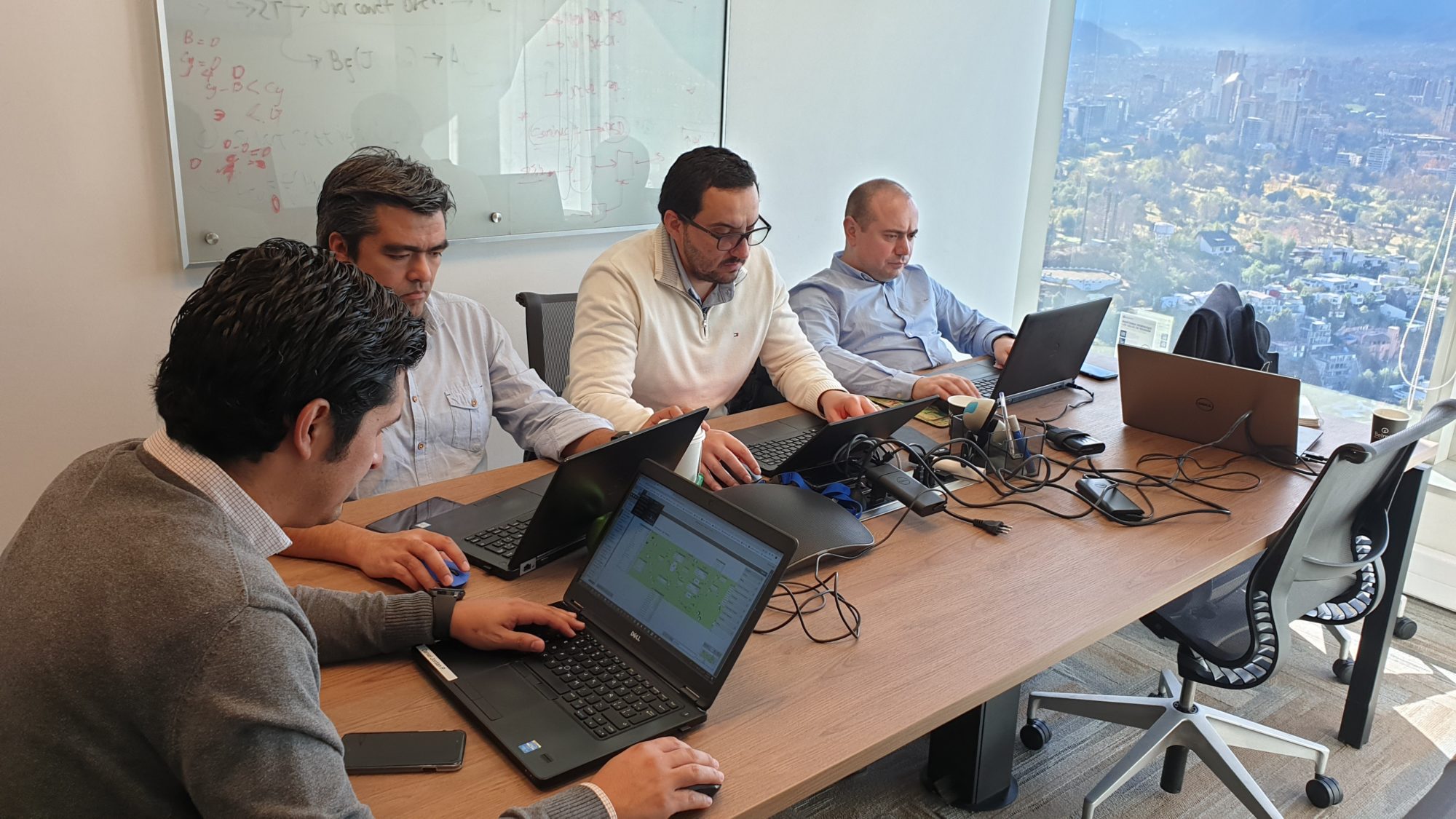With just 18 months left of its current funding term, the Cooperative Research Centre for Optimising Resource Extraction (CRC ORE) says it is actively educating and cooperating with its participants in the use of its unique solutions. One of those solutions is the Integrated Extraction Simulator (IES) which it says represents the next generation of mineral processing simulation.
IES is a cloud-based software platform for the digital simulation of mineral processing operations in concentrators and other processing plants. It simulates equipment performance and metallurgical “response” for all components in a mineral processing value chain, starting with blasting and progressing through comminution to flotation and leaching.
The cloud architecture underpinning IES enables mass simulations in a matter of hours and positions it as an enterprise system that can be accessed and worked on simultaneously by a team of experts collaborating from anywhere in the world. IES is being used by a growing number of operators worldwide to enhance the value of their operations, including CRC ORE participants in Chile.
This increased demand led to CRC ORE’s IES Utilisation Manager Dr Eiman Amini being invited to South America to conduct several technology transfer workshops in the use of the signature CRC ORE technology. According to the Australian Trade and Investment Commission, mining is a major economic driver for Chile. In 2018, mining contributed more than 53% of Chile’s exports and 9% of gross domestic product (GDP). The country is home to the largest copper reserve on earth and produces a third of the world’s copper.
Several of CRC ORE’s participants are active in Chile, either having mining operations themselves or delivering services to those operators. This includes Anglo American who employs approximately 4,000 people in Chile across the Collahuasi, El Soldado and Los Bronces copper mining operations and the Chagres smelter. Fellow participant Teck also operates Chilean copper assets – Quebrada Blanca and Carmen de Andacollo and has several other projects in its pipeline for the copper-rich country.
At the invitation of Teck and Anglo American, Dr Amini travelled to Chile earlier this year and delivered an immersive learning experience for senior mining and metallurgy staff. Attendees discovered firsthand the new capabilities and exclusive features of IES.
The intensive workshops focused on transferring knowledge of IES from CRC ORE to participants. The content and delivery were designed to ensure operators were confident in the results that IES delivers and their own ability to operate the cloud-based system. Topics covered included general IES use, flowsheet modelling, process optimisation and ensuring an understanding of the logic behind the models and methodologies.
Dr Amini said workshop attendees were very receptive and gained insights into the simulator and how it can improve mine site planning and operations.
“I believe the Chilean teams at Anglo American and Teck are more than capable of using IES as an effective tool to optimise value chains, with minimum input from CRC ORE,” he said. “Of course, we are more than happy to provide necessary support to ensure the most optimised use of IES at a local level. In addition to ensuring familiarity with IES, attendees are now capable of using flowsheets developed by CRC ORE to evaluate different scenarios around the comminution circuit.”
Anglo American Principal of Process Modelling, Miguel Becerra, expressed confidence that he and his team had learned a great deal from the IES workshop and would be able to turn their learning into valuable actions. “I am very happy with our progress in understanding the details behind this advanced modelling development,” Becerra said. “I’m sure that we now have a lot of good methods established to extract more value from our operation.”











